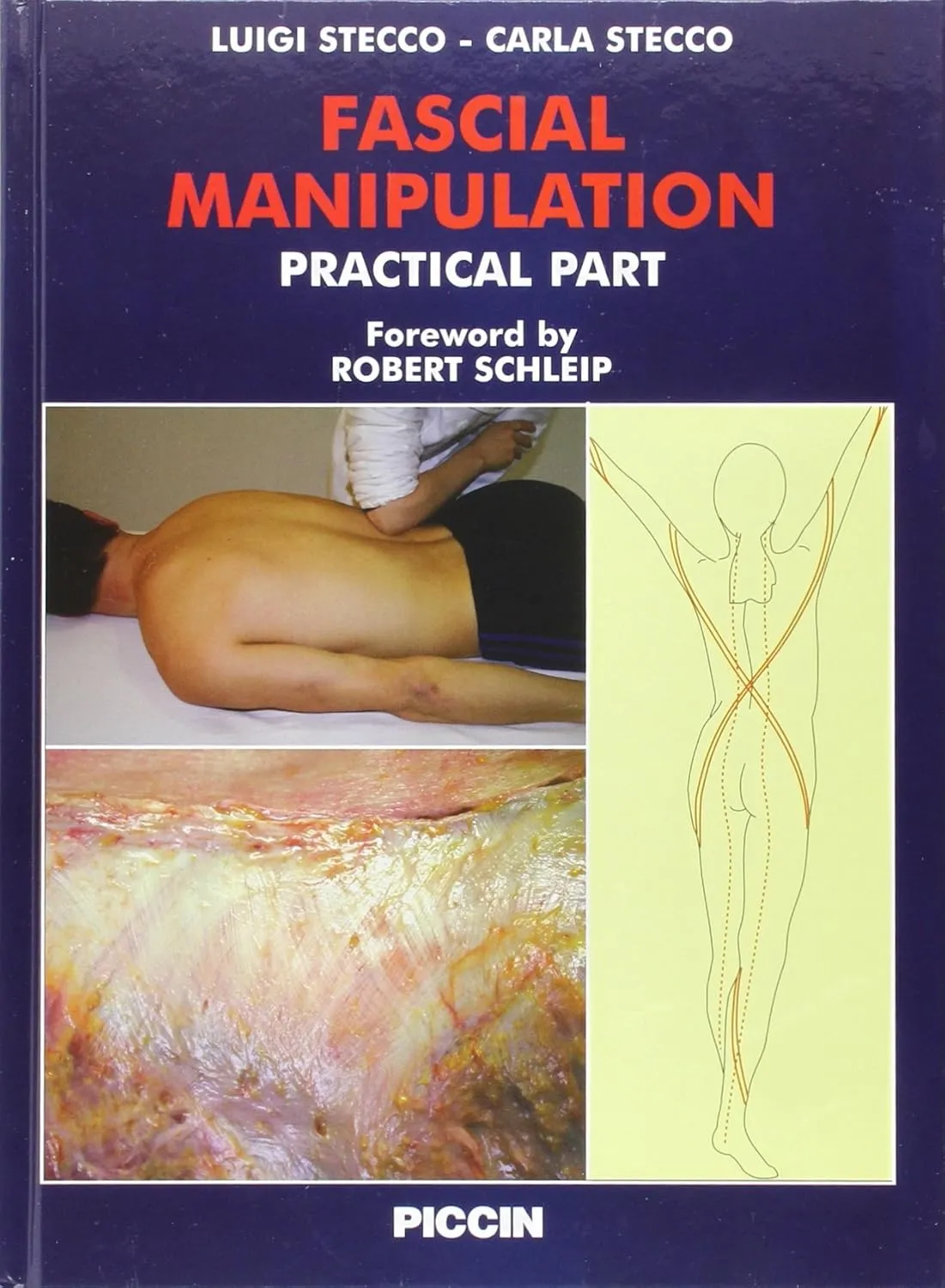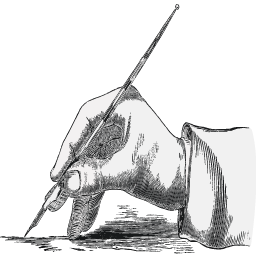Home
|
Products
|
9789356962026

Fascial Manipulation Practical Part | Hardcover
by Stecco
Highlights

9788829919789
ISBN

Stecco
Author

N/A
Pages

1050 gm
Weight

English
Language

2009
Year

N/A
Edition

Hardcover
Binding
₹10913
₹12126
Welcome to an exciting new field in musculoskeletal therapy: the world of fascia. Fascia forms a continuous tensional network throughout the human body, covering and connecting every single organ, every muscle, and even every nerve or tiny muscle fiber. After several decades of severe neglect, this ubiquitous tissue has transformed from the Cinderella of orthopaedic science into an almost super star position within medical research. Let me therefore introduce you to the newly proposed definition of fascia proposed at the first Fascia Research Congress. The term fascia here describes the soft tissue component of the connective tissue system that permeates the human body. This includes not only dense planar tissue sheets (like septa, joint capsules, aponeuroses, organ capsules, or retinacula), which may be also called proper fascia, but it also encompasses local densifications of this network in the form of ligaments and tendons. Additionally it includes softer collagenous connective tissues like the superficial fascia or the innermost intramuscular layer of the endomysium. While not everybody will be happy with this new terminology, it offers many important advantages for the field. Rather than having to draw most often arbitrary demarcation lines between joint capsules and their intimately involved ligaments and tendons (as well as interconnected aponeuroses, retinacula and intramuscular fasciae), fascial tissues are seen as one interconnected tensional network that adapts its fiber arrangement and density according to local tensional demands. This terminology fits nicely to the Latin root of the term fascia (bundle, bandage, strap, unification, binding together) and is synonymous with the non-professionals understanding of the term connective tissue (in contrast to medical and biological scientists, which include cartilage, bone and even blood as connective tissue).
Online store of medical books
Discover a comprehensive range of medical books at our online store. From anatomy and physiology to the latest clinical guidelines, we've got you covered.
Trusted by students, educators, and healthcare professionals worldwide. Browse top publishers and expert-authored titles in every medical specialty. Enjoy fast shipping, secure payments, and easy returns. Your one-stop destination for quality medical knowledge at your fingertips.
Whether you're preparing for exams or expanding your clinical expertise, our curated collection ensures you have the right resources at hand. Dive into detailed illustrations, case studies, and up-to-date research that enhance your understanding and practical skills.
We regularly update our inventory to include the latest editions and newly released titles, helping you stay current in the ever-evolving medical field. Our advanced search and filtering tools make finding the perfect book quick and hassle-free.
Join our community of lifelong learners and medical enthusiasts. Sign up for exclusive discounts, early access to new arrivals, and personalized book recommendations tailored to your professional interests.
